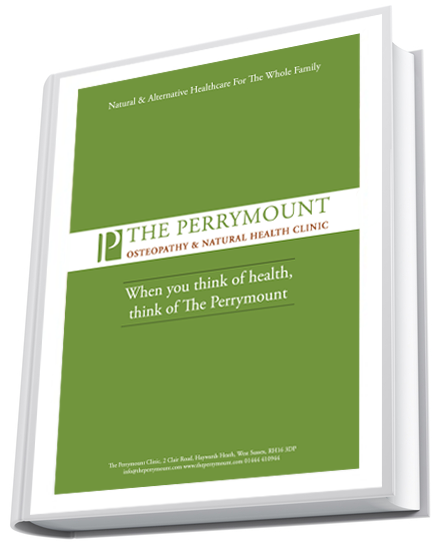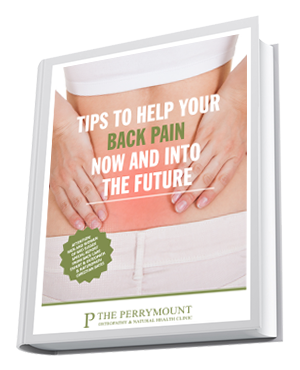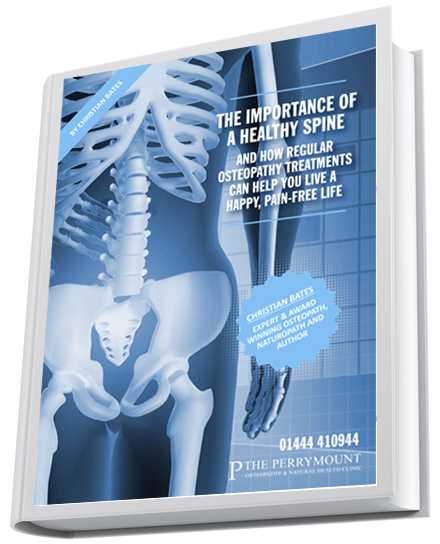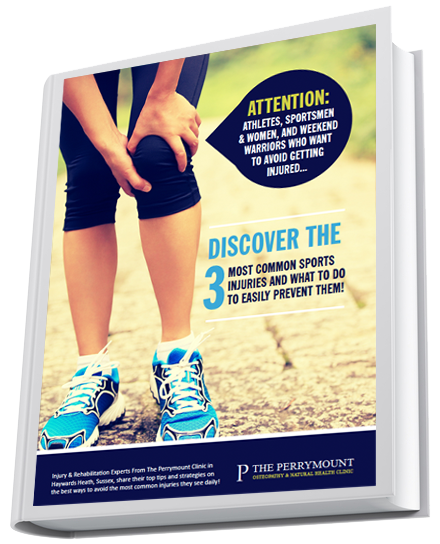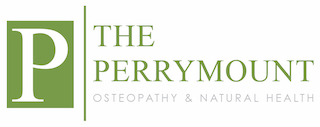Call to book or for more information 01444 410944
Carpal tunnel syndrome – the symptoms and signs, and what can be done to help
The carpal tunnel is a narrow passageway formed on one side by small bones (the carpals) and on the other by a fibrous band of tissues. The latter aids in control of the muscular tendons responsible for finger movement. With carpal tunnel syndrome (CTS) there is compression of the median nerve as it passes through this area.
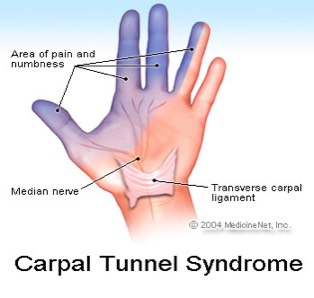
There is no singular or definitive reason for this compression, but some factors make you more likely to suffer from CTS. These include family history, repetitive work with the hands, rheumatoid arthritis, pregnancy, diabetes, hypothyroidism, obesity and previous trauma to the wrist. It is not understood how or why the condition is passed through families. The types of work that most commonly increase chances of CTS are: playing a musical instrument, assembly/packing, manual labour, working with vibrating tools and work with increased gripping.
Common signs
People tend to complain of a decrease in dexterity of the hand, coupled with finding that they are prone to dropping things. So specific tasks such as sewing on a button or typing become more difficult.
Common symptoms
Commonly, symptoms of carpal tunnel tend to come on gradually, usually starting at night or early in the morning. The main symptoms tend to be pain, numbness and tingling. There will normally be a fairly specific distribution for this triad; thumb, index finger, middle finger, and part of the ring finger. It can occur in one or both hands.
Other symptoms may include aching and pain in the hand, forearm and arm, and possible weakness and wasting of the muscles at the base of the thumb. Symptoms generally intensify after the hand is used, especially with repetitive movements.
Diagnosing CTS
By taking a detailed case history, assessing distribution of the symptoms and using simple orthopaedic tests in order to reproduce or briefly intensify the problem, your osteopath will be able to give a diagnosis. This is important because similar symptoms can come from a nerve compression within the neck or further up the arm. For this reason it is important to consult a musculoskeletal expert such as an osteopath. Occasionally it may be necessary to refer the patient on for blood tests, nerve conduction tests and ultrasound scanning.
Treatment
This involves assessment of the most likely causative factors and working to mitigate them through advice and adaption. Treatment may include physical splints and supports and of course manual therapy like osteopathy – using a range of techniques such as massage, manipulation, medical acupuncture and specific movements.
Steroid injections and surgery are also options if symptoms do not resolve.
Early intervention is the key to a faster recovery and better prognosis.
Written by Chris Brooks, one of the amazing osteopaths at The Perrymount Clinic

If you would like to book an appoinment with one of our osteopaths please give us a call on 01444 410944 or leave us a few details below and we will be in touch with you shortly
Feel free to download any of our self-help and educational e-books, just click the link below
